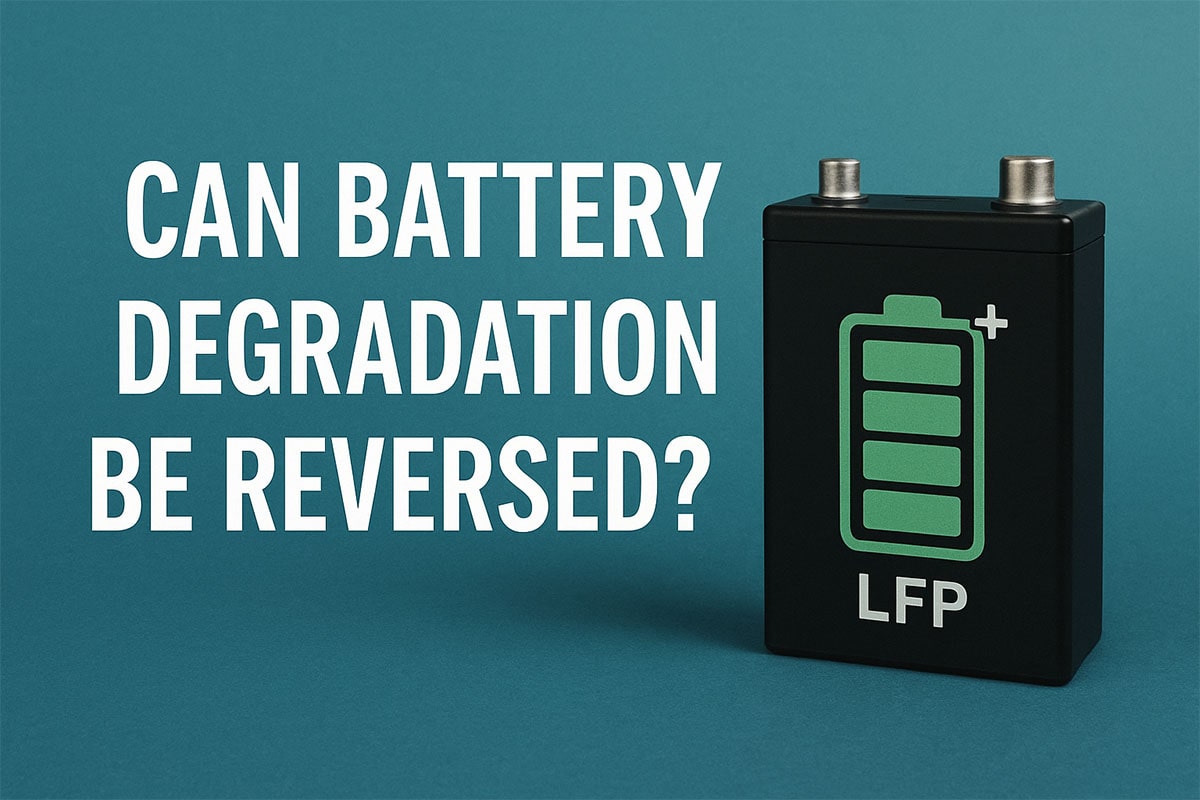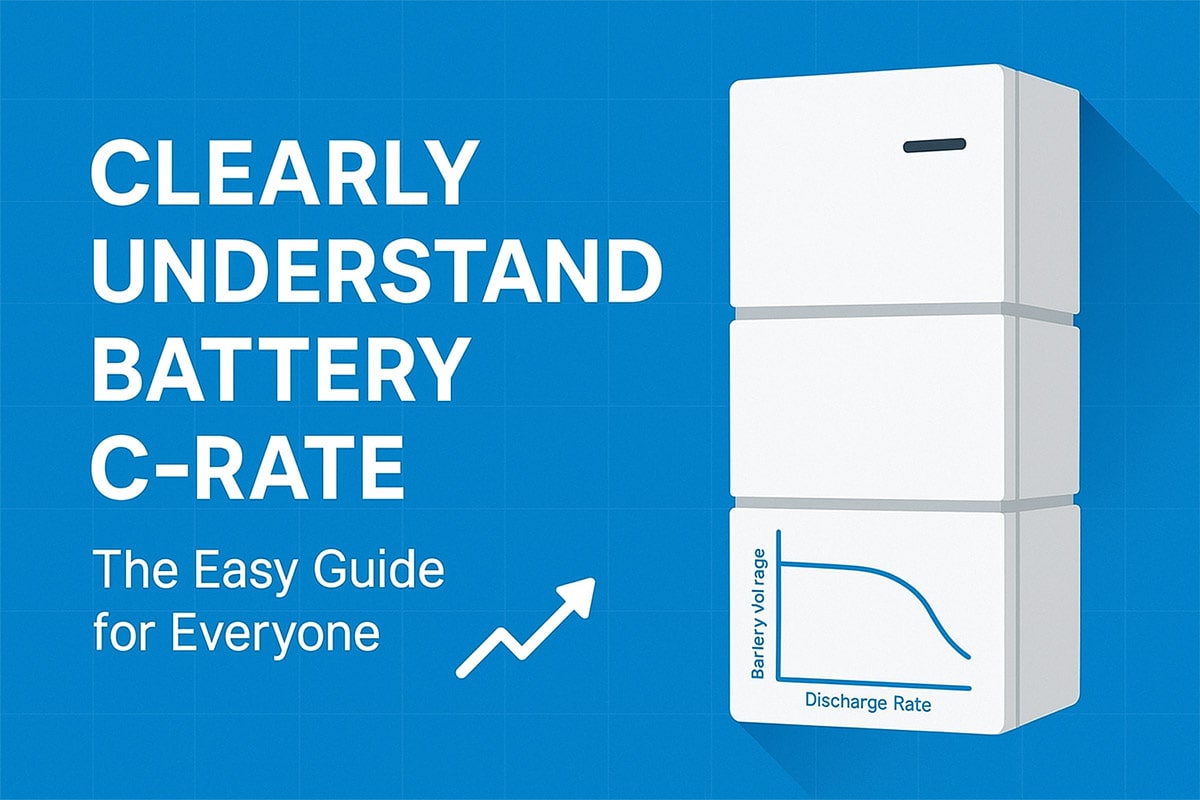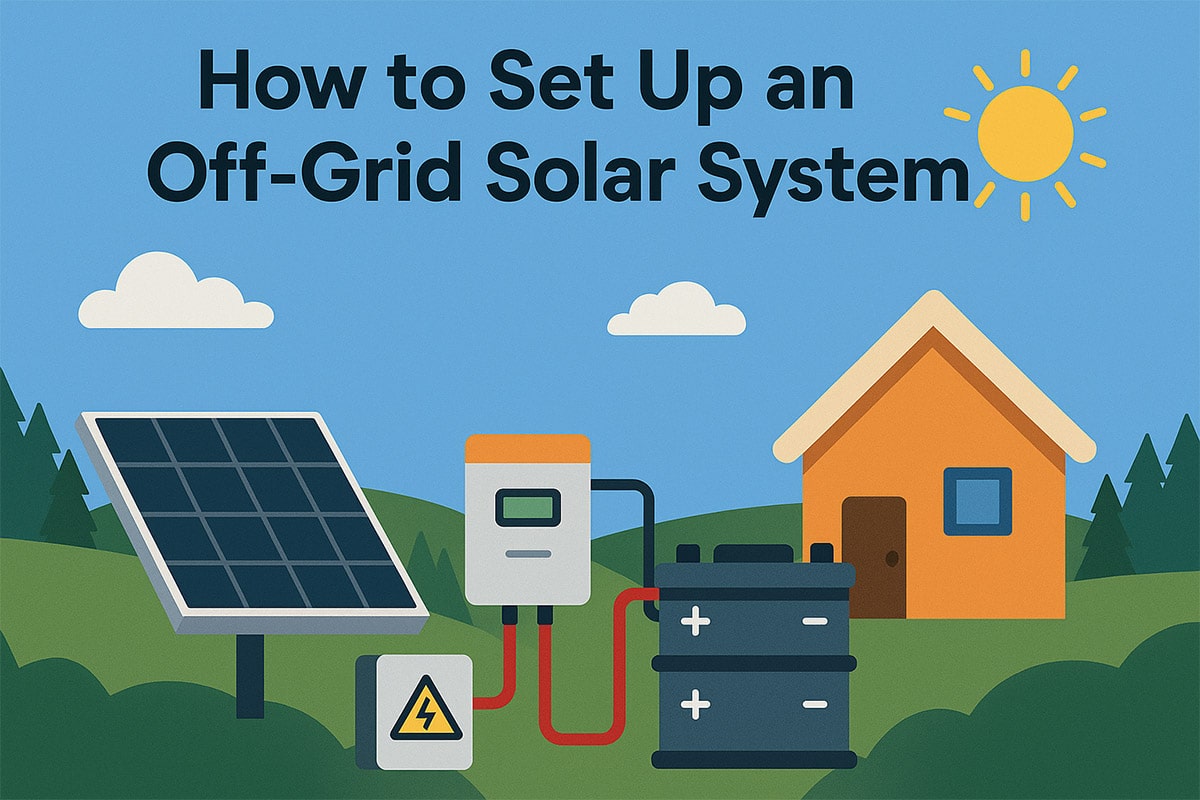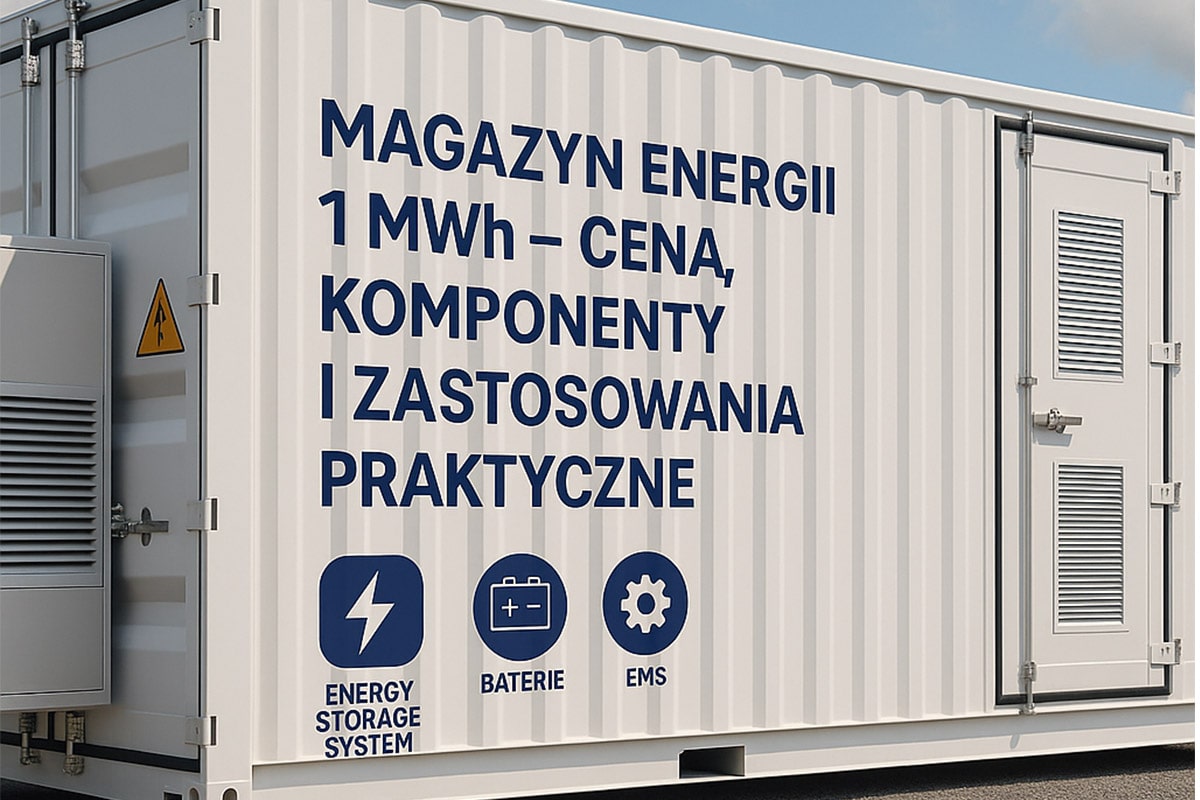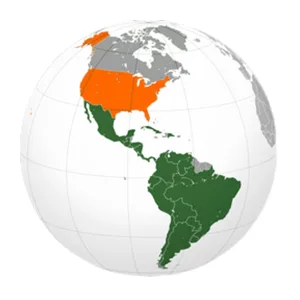What Are the Main Characteristics of Photovoltaic Inverters
What Are the Main Characteristics of Photovoltaic Inverters
1. Low loss conversion
One of the most important properties of an inverter is its conversion efficiency, a value that expresses the proportion of energy inserted when direct current is returned in the form of alternating current, with modern devices operating at around 98 percent efficiency.
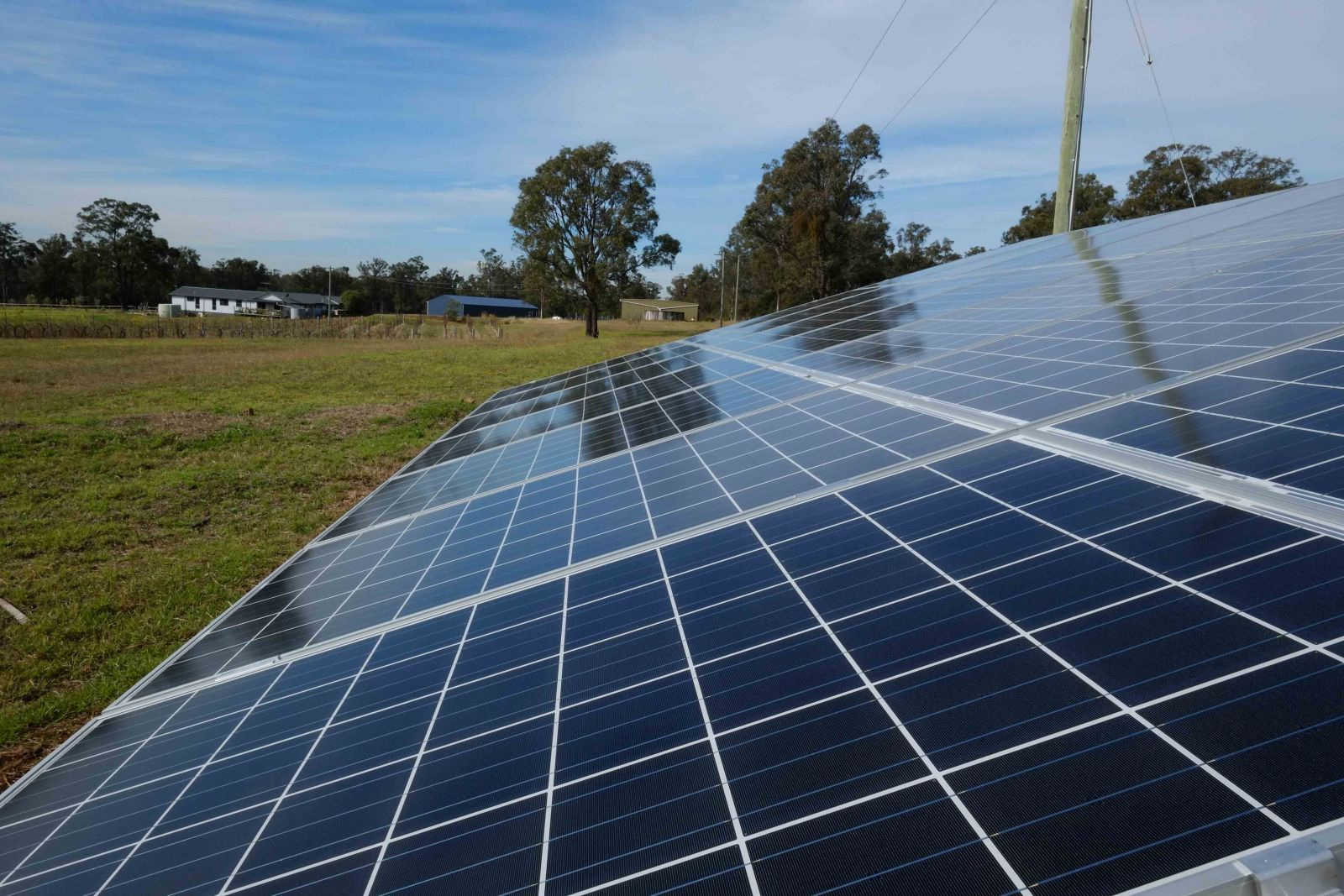
2. Power optimization
The power characteristic curve of a photovoltaic module depends to a large extent on the radiation intensity and temperature of the module, in other words, on the constantly changing values during the day, therefore, the inverter must find and continuously observe the optimum on the power characteristic curve operating point in order to extract the maximum power from the PV module in each case.
3. Monitoring and protection
On the one hand, the inverter monitors the power generation of the photovoltaic plant, and on the other hand, it also monitors the grid to which it is connected. Therefore, if there is a problem with the grid, it must immediately disconnect the plant from the grid for safety reasons, depending on the requirements of the local grid operator.
In addition, in most cases, the inverter is equipped with a device that can safely interrupt the current flow of the PV modules. Since the photovoltaic module is always active when it emits light, it cannot be switched off. If the inverter cables are disconnected during operation, dangerous arcs can form that cannot be extinguished by direct current. If the circuit breaker is integrated directly in the frequency converter, the installation and wiring work can be significantly reduced.
4. Communication
The communication interface on the drive allows control and monitoring of all parameters, operating data and production. Through a network connection, an industrial fieldbus such as RS 485, it is possible to retrieve data and set parameters for the inverter. In most cases, data is retrieved via a data logger that collects data from multiple inverters and, if required, transmits them to a free online data portal.
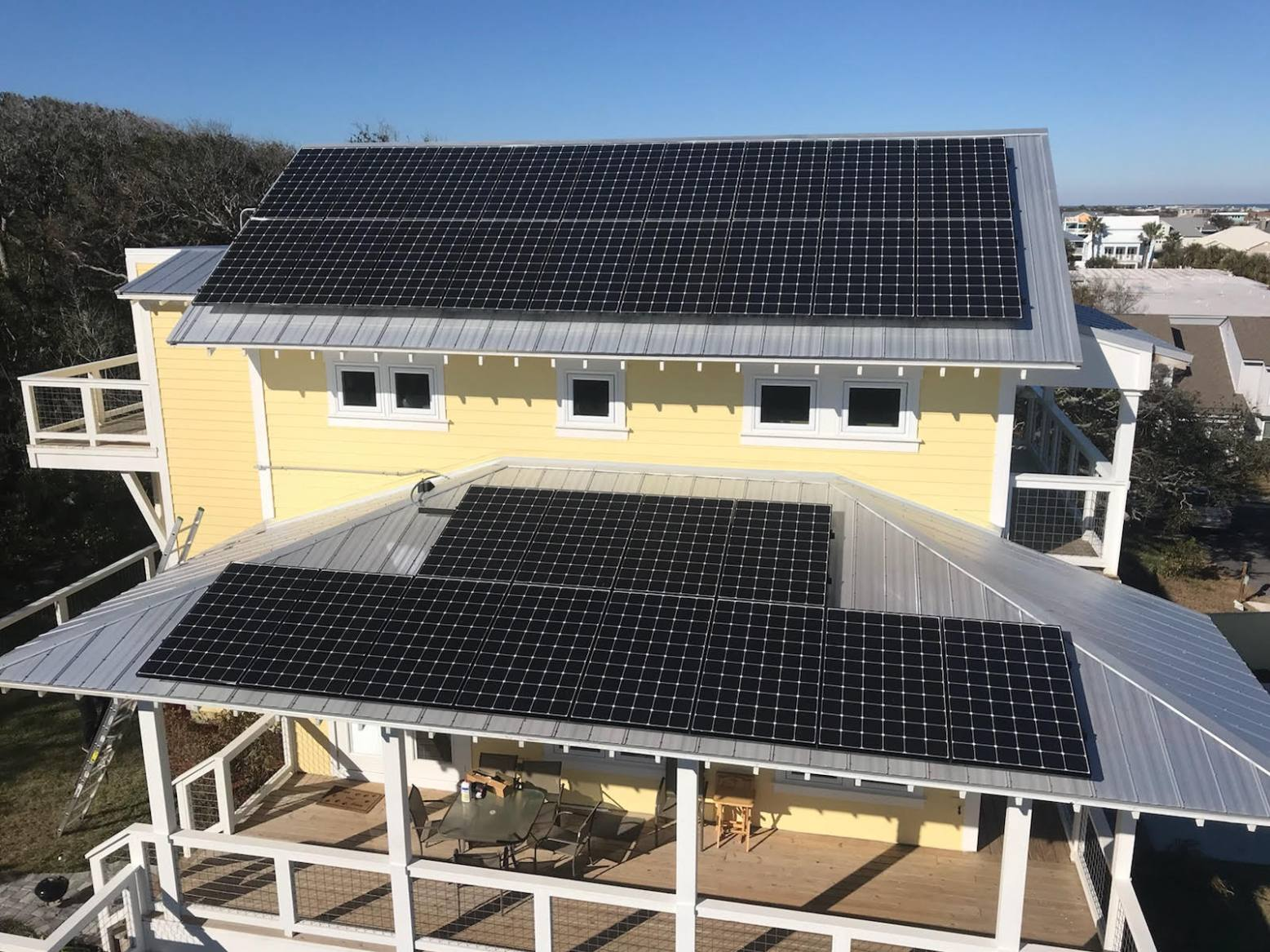
5. Temperature management
The temperature in the inverter enclosure also affects the conversion efficiency, if it rises too much, the inverter has to reduce power, and in some cases the available module power cannot be fully used. For one thing, the location of the installation affects the temperature – a consistently cool environment is ideal. On the other hand, it directly depends on the operation of the inverter: even 98% efficiency means 2% power loss. If the factory power is 10 kW, the maximum thermal capacity is still 200 W.
6. Protection
The weatherproof enclosure, ideally in accordance with degree of protection IP 65, allows the inverter to be installed in any desired location outdoors. Pros: The closer you can install modules to the inverter, the less you spend on relatively expensive DC wiring.

